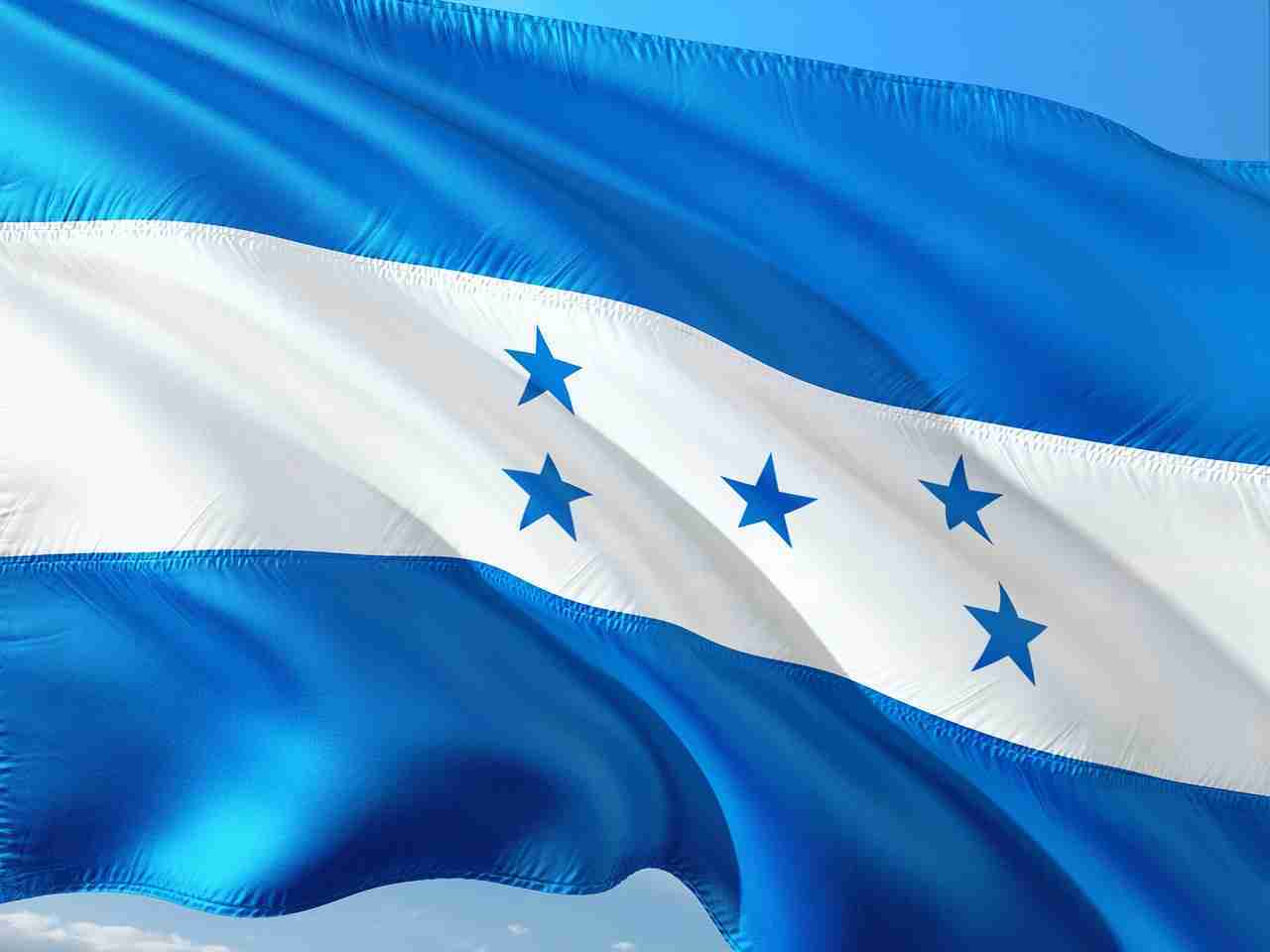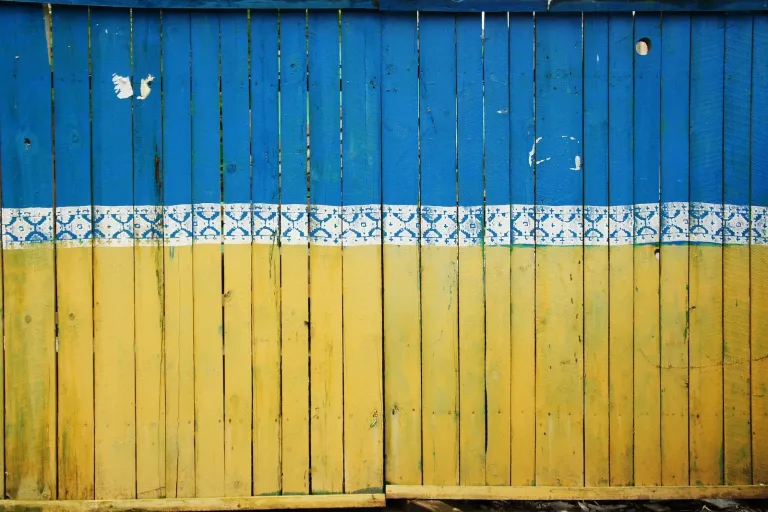26 Fun Facts About Honduras: The Country of Surprises
1. Honduras is located in Central America and is bordered by Guatemala, El Salvador, and Nicaragua.
Situated in the heart of Central America, Honduras shares its borders with Guatemala to the west, El Salvador to the southwest, and Nicaragua to the southeast.
This strategic location places Honduras as a crossroads between various cultures and ecosystems, contributing to its vibrant cultural heritage and diverse natural landscapes.
Much of the land area of Honduras is embraced by majestic mountains, shaping its breathtaking landscape.
2. The official name of Honduras is the Republic of Honduras.
Honduras, officially known as the Republic of Honduras, embraces its identity as a democratic nation in Central America.
The use of the term Republic highlights the country’s governance structure, where power rests with the people and their elected representatives.
3. The capital city of Honduras is Tegucigalpa.
Tegucigalpa, the captivating capital city of Honduras, is nestled within a picturesque valley surrounded by lush mountain ranges. With its blend of colonial architecture, vibrant markets, and bustling streets, Tegucigalpa offers a unique fusion of history, culture, and modernity.
The city serves as a vibrant hub for government, commerce, education, and the arts, showcasing the dynamic spirit of Honduras.
4. Spanish is the official language of Honduras.

Spanish, as the official language of Honduras, unifies the diverse population and fosters effective communication across the nation. Spanish as the common tongue forms the linguistic foundation for cultural expression, education, business, and government operations.
This linguistic unity reinforces a sense of national identity while also promoting inclusivity and understanding in Honduras’ multicultural society.
5. The currency of Honduras is the Honduran lempira.
The Honduran lempira serves as the official currency of Honduras, reflecting the nation’s economic independence and financial stability.
Named after Lempira, a heroic indigenous leader who fiercely resisted Spanish colonization, the currency symbolizes the country’s pride in its heritage and the resilience of its people.
6. The Bay Islands of Honduras are part of the second-largest barrier reef in the world.
The Bay Islands of Honduras, nestled in the crystal-clear waters of the Caribbean Sea, is a captivating jewel that forms an integral part of the Mesoamerican Barrier Reef System.
As the second-largest barrier reef globally, this underwater paradise offers a diverse and thriving ecosystem.
The Bay Islands, with their vibrant coral formations, teeming marine life, and stunning underwater landscapes, entice visitors from around the world to explore their enchanting depths.
7. Honduras was once part of the Mayan civilization, one of the most influential in the Americas.
Honduras, with its rich historical tapestry, bears the legacy of being an integral part of the ancient Mayan civilization, known for its profound influence in the Americas.
The remnants of this illustrious past can be witnessed at archaeological sites scattered throughout the country, such as Copán, where intricate hieroglyphs and awe-inspiring structures reveal the sophisticated Mayan culture.
8. Honduras is roughly the size of Tennessee in the United States.
Honduras, spanning across a land area approximately equivalent to the size of Tennessee in the United States, offers a diverse canvas for exploration.
Within its borders, one can venture from majestic mountain ranges to verdant rainforests, from bustling cities to serene coastlines.
9. Honduras has a predominantly tropical climate.
Situated in Central America, Honduras is blessed with a predominantly tropical climate.
The country is known for its high temperatures and humidity that shape its dense rainforests, rich in biodiversity.
Rainfall varies across regions, with coastal areas receiving more, particularly during the June-November hurricane season.
10. The population of Honduras is approximately 10.28 million people.
Honduras, a country nestled in the heart of Central America, is home to a culturally rich population of approximately 10.28 million people.
Spanning an area of roughly 112,492 square kilometers, the nation’s populace is distributed across urban centers, rural towns, and sparsely populated hinterlands.
Cities like Tegucigalpa, the capital, and San Pedro Sula are the bustling urban hubs, while the rest of the population dwells in smaller towns and rural areas.
11. The national animal of Honduras is the white-tailed deer.
The white-tailed deer, an animal recognized for its grace and agility, holds the honor of being the national animal of Honduras.
A symbol of the country’s rich biodiversity, these creatures can be found frolicking in the lush Honduran forests, their habitats ranging from the lowland jungles to the high-altitude cloud forests.
12. Hondura’s national bird is Scarlet Macaw.
Honduras pays tribute to its vibrant avian biodiversity by designating the Scarlet Macaw as its national bird.
The bird, recognized for its rainbow-like blend of red, yellow, and blue plumage, echoes the colorful culture and spirit of the nation.
The Macaw’s resonant calls echo throughout the country’s rainforests, adding to the auditory landscape.
13. Honduras has a democratic constitutional republic government.
As a democratic constitutional republic, Honduras significantly emphasizes upholding the principles of freedom, equality, and the rule of law.
The government is structured around the separation of powers, with executive, legislative, and judicial branches operating independently yet collaboratively.
The citizens exercise their right to vote in regular elections, ensuring representation and active participation in governance.
14. Honduras is known for its biodiversity and is home to many species of flora and fauna.
Renowned for its extraordinary biodiversity, Honduras serves as a natural sanctuary for a wide array of flora and fauna, spread across diverse ecosystems ranging from coastal reefs to cloud forests.
The nation boasts multiple protected areas and national parks, such as Cusuco National Park and the Rio Platano Biosphere Reserve, which are biodiversity hotspots and habitats for endangered species, which is one of the fun facts about Honduras.
15. Honduras is famous for its coffee, which is one of its main exports.
Honduras, renowned for its high-quality coffee, exports a substantial portion of its harvest to international markets.
The United States and Germany are among the top consumers of Honduran coffee, appreciating the unique flavors that these shade-grown Arabica beans offer.
Other significant markets include Belgium, France, and Italy, where Honduran coffee has carved a niche for its exceptional quality and sustainable farming practices.
16. Honduras gained independence from Spain on September 15, 1821.
The historic date of September 15, 1821, marks the end of Spanish colonial rule when Honduras gained its cherished independence.
This momentous occasion followed a series of liberation struggles and represented a turning point toward national sovereignty and self-governance.
17. La Tigra National Park, established in 1980, was the first national park in Honduras.
La Tigra National Park, established in 1980, holds the honor of being Honduras’s first national park, setting a precedent for the country’s commitment to environmental conservation.
Encompassing over 238 square kilometers of cloud forest and tropical rainforest, the park is a biodiversity haven, housing myriad species including pumas, ocelots, and the vibrant but elusive quetzal.
18. Honduras is the second poorest country in Central America.
Despite its cultural richness and biodiversity, Honduras has significant economic challenges, making it the second poorest country in Central America.
Poverty is widespread, particularly in rural areas, reflecting a profound disparity in income and access to essential services.
Structural issues such as low investment, high unemployment, and economic inequality persist, presenting considerable obstacles to development.
19. Almost half of Honduras’s population is under the age of 18.
One of the fun facts about Honduras is that with nearly 50% of its population under the age of 18, Honduras stands out as a nation teeming with young people. This youthful demographic, accounting for approximately 4.5 million individuals, presents both challenges and opportunities.
While it significantly burdens education and healthcare systems, it also offers a dynamic workforce for the future.
20. Houndura’s main industries include agriculture, mining, and manufacturing.
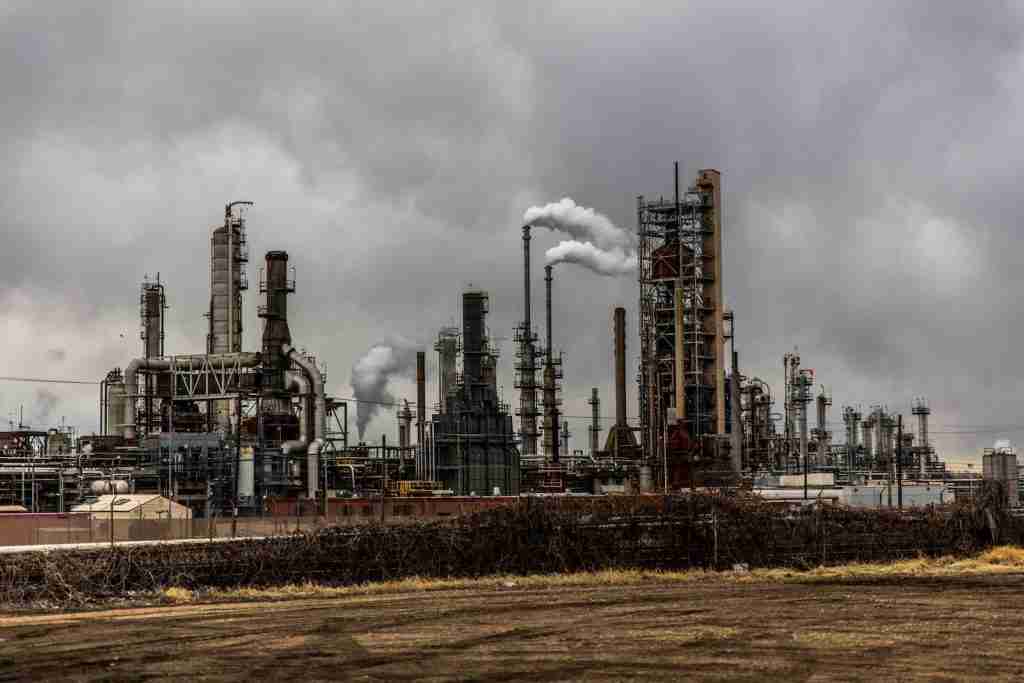
Honduras, a Central American country, thrives primarily in the agriculture, mining, and manufacturing sectors.
Agriculture contributes to about 14% of the nation’s GDP, with a large portion dedicated to the export of bananas, coffee, palm oil, and seafood. Mining, particularly silver, lead, zinc, and gold, attributes 5% to the GDP, showcasing its rich mineral resources.
The manufacturing sector, which includes textiles, clothing, and auto parts, significantly bolsters the economy, creating numerous jobs and accounting for approximately 19% of Honduras’ GDP.
21. The highest mountain in Honduras is Cerro Las Minas, standing at 2,870 meters.
Cerro Las Minas, the highest peak in Honduras, towers majestically at 2,870 meters above sea level. Located in the rugged, forested terrain of the Celaque National Park, it serves as a vital ecosystem housing a multitude of endemic flora and fauna.
Apart from its environmental significance, Cerro Las Minas also plays a role in tourism, attracting climbers and nature enthusiasts from around the world.
22. Pico Bonito National Park in Honduras is known for its rich biodiversity.
Pico Bonito National Park, a biodiversity hotspot in Honduras, boasts an impressive range of bird species, earning it global recognition.
With over 420 species documented, the park is a birdwatcher’s paradise, hosting about 50% of all bird species identified in Honduras.
Rare and stunning birds like the Keel-billed Toucan, Lovely Cotinga, and the Resplendent Quetzal are part of this rich aviary tapestry.
23. Honduras has a significant Garifuna population, an Afro-Caribbean ethnic group.
Honduras is home to a sizable Garifuna population, an Afro-Caribbean ethnic group that constitutes approximately 2% of the country’s total population.
Renowned for its vibrant culture and rich heritage, the Garifuna community significantly contributes to the country’s cultural diversity.
From their distinct language, a blend of Arawak, Carib, and West African languages, to unique traditions like the Punta dance and music, the Garifuna have greatly influenced the Honduran cultural fabric.
24. Honduran cuisine is a fusion of African, Spanish, and indigenous Lenca and Maya.

Honduran cuisine, rich and diverse, is a delightful blend of African, Spanish, and indigenous Lenca and Maya influences, which is one of the fun facts about Honduras.
Traditional dishes such as ‘baleadas’, a hearty tortilla filled with refried beans, cheese, and cream, or ‘sopa de caracol’, a coconut-based soup with conch, exemplify this culinary fusion.
With over 80% of households consuming red beans and maize regularly, these ingredients form the backbone of Honduran cuisine.
25. The majority of Hondurans practice Christianity, predominantly Roman Catholicism.
Christianity, particularly Roman Catholicism, is the most practiced religion in Honduras, followed by over 76% of the population.
This strong religious influence shapes the nation’s cultural and social practices and public holidays and festivals.
However, the landscape has been slowly diversifying with the growing influence of Protestantism, now followed by about 20% of Hondurans.
26. Honduras has a high risk of hurricanes, especially in the coastal areas.
Honduras, particularly its coastal regions, experiences a high risk of hurricanes, with the Atlantic hurricane season running from June to November.
Over the past two decades, the country has been struck by several significant storms, affecting millions of its population. For instance, Hurricane Eta and Iota in 2020 resulted in significant loss and displacement, affecting approximately 4.5 million people.
FAQs
Honduras has faced challenges with high rates of violence and crime, featuring among the most violent countries in Latin America and the world. In 2022, the official murder rate was 36 per 100,000 people, a decrease of six points from the previous year, but still significantly high. This issue largely stems from gang violence, drug trafficking, and organized crime. While the government has been working diligently to combat this, implementing strategies to reduce crime, the situation remains concerning.
Spanish is the official language of Honduras and is spoken by the vast majority of the population. However, there are also several recognized regional languages spoken among various ethnic groups. These include Garifuna, Miskito, Bay Islands Creole English, and several Mayan languages.
The five stars on the Honduran flag represent the five nations of the United Provinces of Central America, a federation that existed from 1823 to 1841, comprising Honduras, El Salvador, Costa Rica, Nicaragua, and Guatemala. The central star symbolizes Honduras, positioned in the middle of the other four, reflecting its geographical location within this historic federation. These stars serve as a symbol of unity and a shared history among these Central American nations.
Honduras is known for its rich biodiversity, housing a variety of flora and fauna in its national parks like Pico Bonito and the Rio Platano Biosphere Reserve. It’s also recognized for its cultural heritage, particularly the ancient Mayan ruins of Copan and vibrant Garifuna communities. Honduras is famed for its coffee and banana exports, and its traditional cuisine like the national dish, Plato Típico.
Honduran culture is a rich blend of indigenous, Spanish, and African influences, reflected in its food, music, and arts. The nation’s cuisine, with dishes like baleadas and Plato Típico, encapsulates this cultural amalgamation. Music and dance forms, including Punta and folkloric dances, are significant cultural expressions. The country’s numerous festivals, such as Semana Santa (Holy Week) and Feria Juniana, showcase its vibrant traditions.

